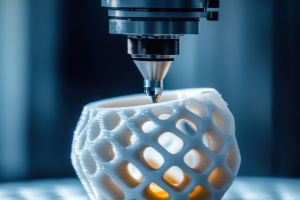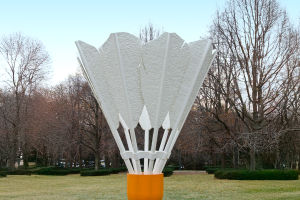When you watch a modern dance performance, what truly captivates you? Is it the fluidity of movement, the twists and turns of the dancer's body, or perhaps the atmosphere created by lighting and set design?
Modern dance is far more than just physical motion — it's a language of emotion, a way to tell stories through body shapes, gestures, and the space around the performer.
But how exactly do dancers convey deep feelings and narratives without words? Let's dive into how body language and stage elements work together to breathe life into modern dance.
Body Language: The Heart of Emotional Expression
At the core of modern dance is the expressive power of the body. Every curve, angle, and gesture speaks volumes about the dancer's inner world and the story they want to share. Unlike classical ballet, which often follows strict form, modern dance embraces freedom of movement and raw emotion.
1. Curves and angles shape emotions. A dancer arching their back and opening their chest might express vulnerability or openness, while sharp, angular arm movements can convey tension, or urgency. The contrast between smooth, flowing lines and sudden, broken shapes creates emotional peaks and valleys, allowing audiences to feel the dancer's intent without a single word.
2. Gestures serve as nonverbal cues. Small movements—like a trembling hand or a hesitant step—can reveal hesitation, fear, or longing. These subtle details add layers of meaning and invite viewers to connect on a personal level.
3. Spatial relationships tell stories. How dancers position themselves relative to each other or the stage affects the narrative. Distance might symbolize isolation, while closeness can reflect intimacy or tension.
Enhancing Expression Through Stage and Lighting Design
Movement alone can be powerful, but stage design and lighting add another dimension that heightens emotional impact. A well-crafted environment supports and amplifies the story the dancers tell.
1. Lighting sets the mood. Warm tones can evoke comfort or nostalgia, while stark, cool lighting might create feelings of loneliness or unease. Dynamic lighting changes synced with movement—like sudden flashes or gentle fades—underscore emotional shifts.
2. Set pieces define space and symbolism. Minimalist props, platforms, or fabrics on stage can represent abstract concepts such as barriers, freedom, or transformation. These elements interact with dancers, creating a dialogue between body and environment.
3. Shadows and silhouettes enrich visuals. Creative use of shadows emphasizes movement and mystery, allowing for moments where the dancer's form becomes both present and elusive. This interplay invites viewers to fill in emotional gaps with their imagination.
Putting It All Together: A Deeper Connection
Consider a scene where a dancer uses tight, constricted movements with arms wrapped around their torso, under dim, blue lighting. The audience instantly senses sadness or self-protection. As the piece progresses, the dancer gradually opens their posture and steps into brighter, warmer light.
This transition tells a story of struggle turning into hope, without a single word spoken.
Such storytelling requires deliberate choices—from choreographing body language to designing lighting cues. For dancers and creators, understanding how each element communicates emotion ensures that performances resonate deeply with audiences.
Tips for Aspiring Modern Dancers and Choreographers
If you want to explore emotional storytelling in dance, keep these points in mind:
1. Observe everyday gestures. Notice how people express feelings through posture and small movements; integrate these observations into your choreography.
2. Experiment with contrasts. Combine soft and sharp movements to create emotional tension and release.
3. Collaborate with lighting and set designers. Communicate your emotional goals clearly so they can craft environments that enhance your vision.
4. Use space intentionally. Think about how positioning and movement across the stage reflect relationships and emotions.
Have you ever felt a dance performance move you deeply without any dialogue? That's the magic of body language paired with stagecraft. By mastering this powerful combination, dancers don't just move—they speak directly to our hearts.


